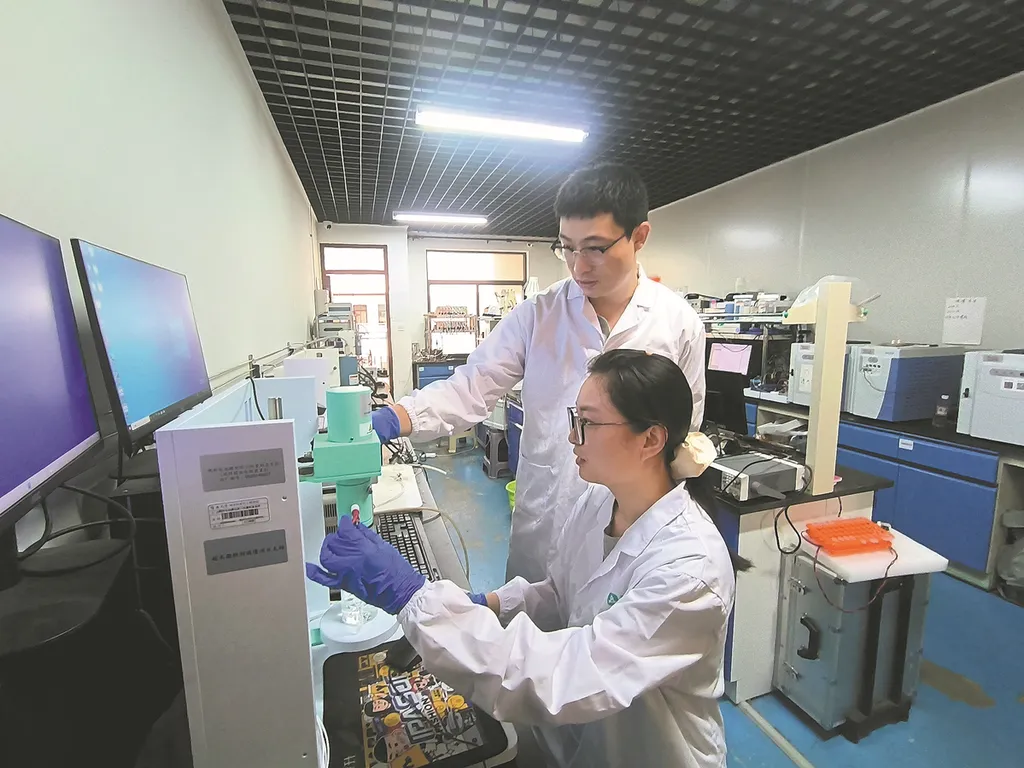In the heart of China’s energy research, a groundbreaking study is reshaping our understanding of gas hydrate-bearing coal (GHBC), a resource that could be pivotal for the future of the energy sector. GAO Xia, a researcher from the School of Architecture and Civil Engineering at Heilongjiang University of Science and Technology in Harbin, has led a team that delved into the mechanical properties of GHBC, offering insights that could revolutionize how we harness this resource.
The team conducted conventional triaxial compression tests on GHBC samples with varying saturation levels—40%, 60%, and 80%. Their findings, published in the Journal of China University of Mining and Technology (矿业科学学报), reveal that as saturation increases, the peak strength of GHBC initially rises but then stabilizes. “At 40% saturation, the peak strength was 14.86 MPa, which increased to 16.18 MPa at 60% saturation and remained almost constant at 16.16 MPa for 80% saturation,” explains GAO Xia. This indicates that beyond a certain point, increasing saturation does not significantly enhance the material’s strength.
The research employed two distinct three-dimensional Discrete Element Method (DEM) numerical simulation models: the anti-rolling model and the parallel bond model. The anti-rolling model demonstrated superior accuracy, with error rates within 6% for both elastic modulus and peak strength, compared to the parallel bond model’s up to 9% error. “The anti-rolling contact model provides a more precise characterization of the mechanical properties of GHBC,” notes GAO Xia.
The study also explored how saturation affects the coordination number, velocity field, and contact force chains of GHBC. As saturation increases, both the initial and final coordination numbers of the specimens rise, and the average coordination numbers during loading show distinct patterns. The velocity field evolution does not follow a clear trend, but internal contact forces consistently decrease, while peak strength and elastic modulus improve. These changes collectively enhance the mechanical properties of GHBC.
One of the most intriguing findings is that the anti-rolling effect enhances effective contacts between particles, resulting in more numerous and uniformly distributed force chains. These force chains primarily form axial columnar structures, leading to a more stable configuration compared to the parallel bond model specimens.
The implications for the energy sector are profound. Understanding the mechanical properties of GHBC under different conditions can inform more efficient and safer extraction methods. As the world seeks to diversify its energy sources, gas hydrates could play a crucial role. This research provides a foundation for developing better models and techniques to harness this resource effectively.
GAO Xia’s work not only advances our scientific knowledge but also paves the way for practical applications that could shape the future of energy production. As the energy sector continues to evolve, insights from this study will be invaluable in optimizing the extraction and utilization of gas hydrate-bearing coal, potentially unlocking new opportunities for sustainable energy solutions.

